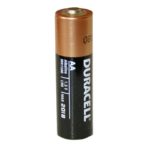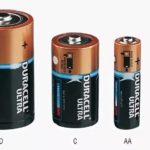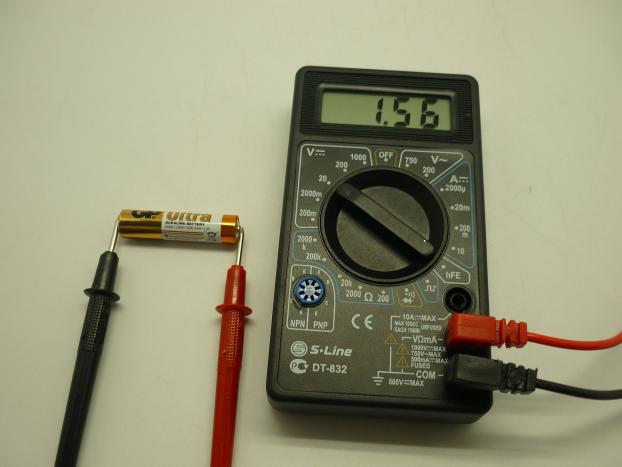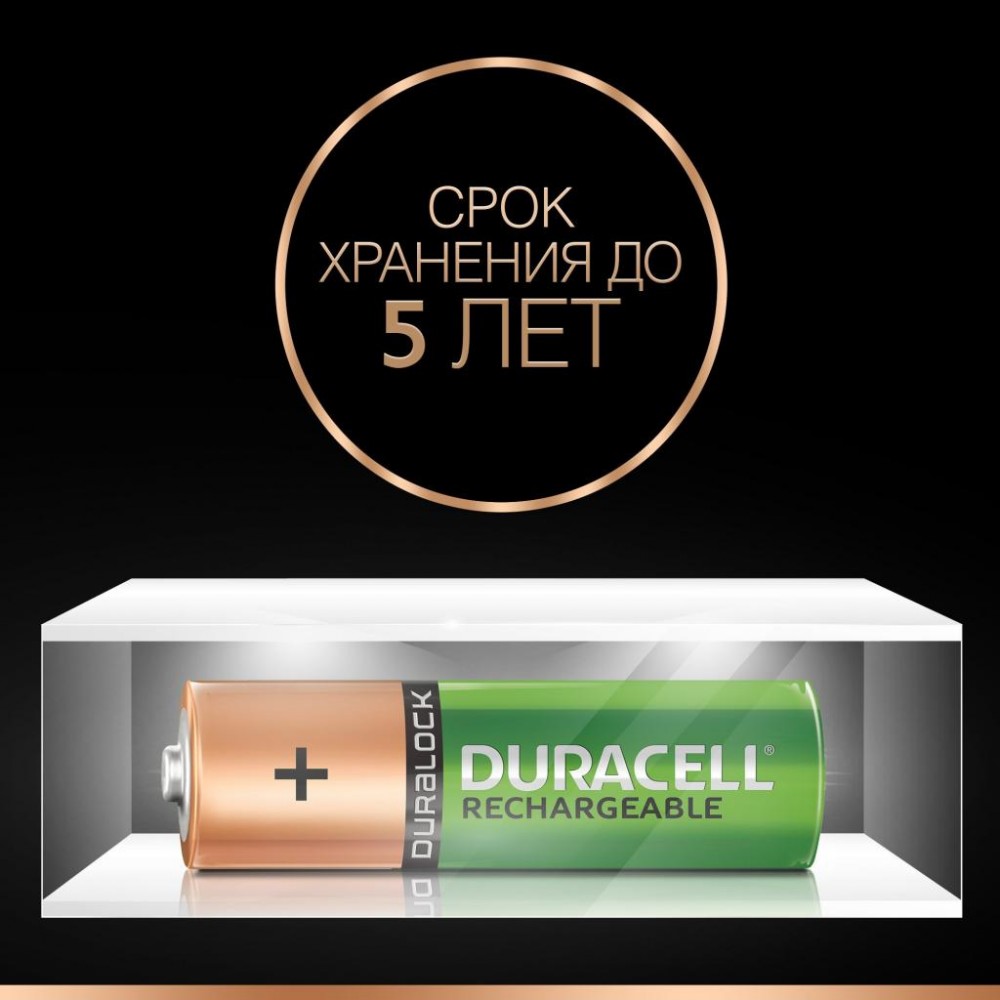What is a AAA battery, what is the size and capacity
The development of modern technologies leads to the fact that many devices are becoming smaller, lighter and require fewer and fewer wires. Some gadgets have gotten rid of cables altogether, so they require mobile power supplies, most often batteries, to operate.
The most common are two types of batteries: AAA and AA. But many people confuse them with each other and do not know what the difference between the devices is.
The content of the article
AAA battery: what does it mean?
A current source marked AAA is also called a “pinky” battery. It is often confused with a finger-type power supply. The confusion is caused by their external similarity.
However, AAA has smaller dimensions. Thus, their width does not exceed 10.5 mm, length is 44.5 mm, and weight is approximately 14 g.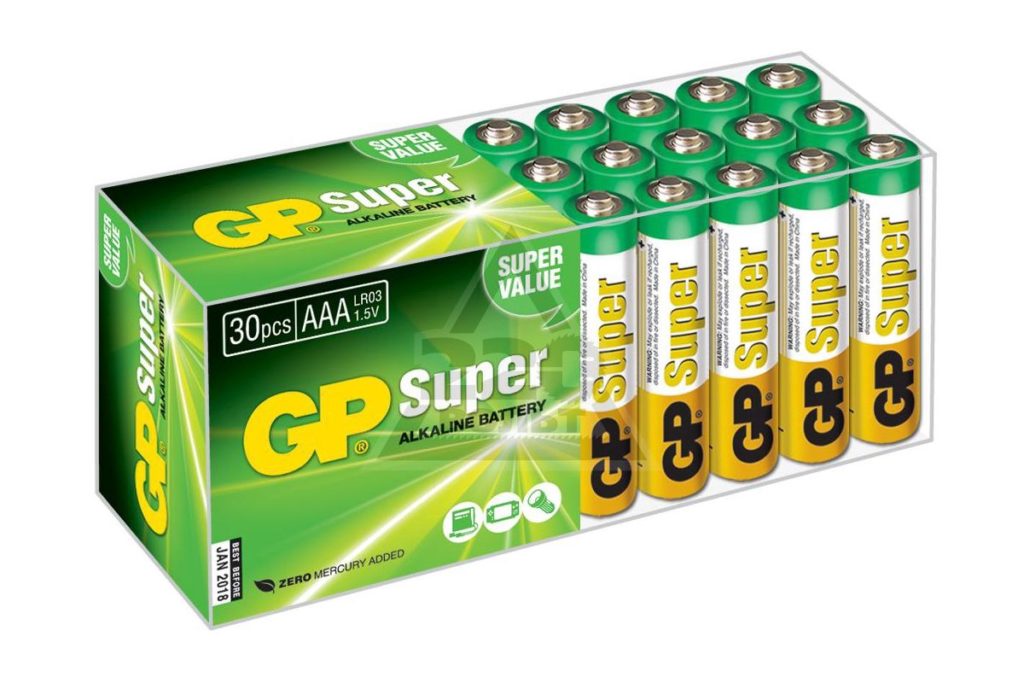
The positive terminal is the miniature protrusion on one end of the battery. The negative contact looks like a slightly raised (in some models flat) surface on the opposite end.
Each power source has additional protection to prevent possible short circuits from corrosion. The role of such an element is a metal or plastic case. Additionally, the device is equipped with insulation from the electrode: for alkaline options from positive, for saline options - from negative.
Reference. Before purchasing a battery, pay attention to its labeling. This way you will avoid difficulties with exchange or return to the store.
Types and characteristics of AAA batteries
There are several types of power supply labeled AAA. It is necessary to keep this in mind, because the service life, rated power, capacity, and cost depend on the type of electrolyte, cathode and anode used.
So, AAA batteries have the following parameters:
- Number of amperes. Such batteries cannot boast of high current strength. Typically it does not exceed four ampere hours.
- Capacity. There are three types of batteries: salt, alkaline, rechargeable. Therefore, the capacity will depend on the option chosen. Thus, the capacity of a salt current source is 540 mAh, an alkaline one is 1250 mAh, the energy density of rechargeable batteries varies from 300 to 1100 mAh.
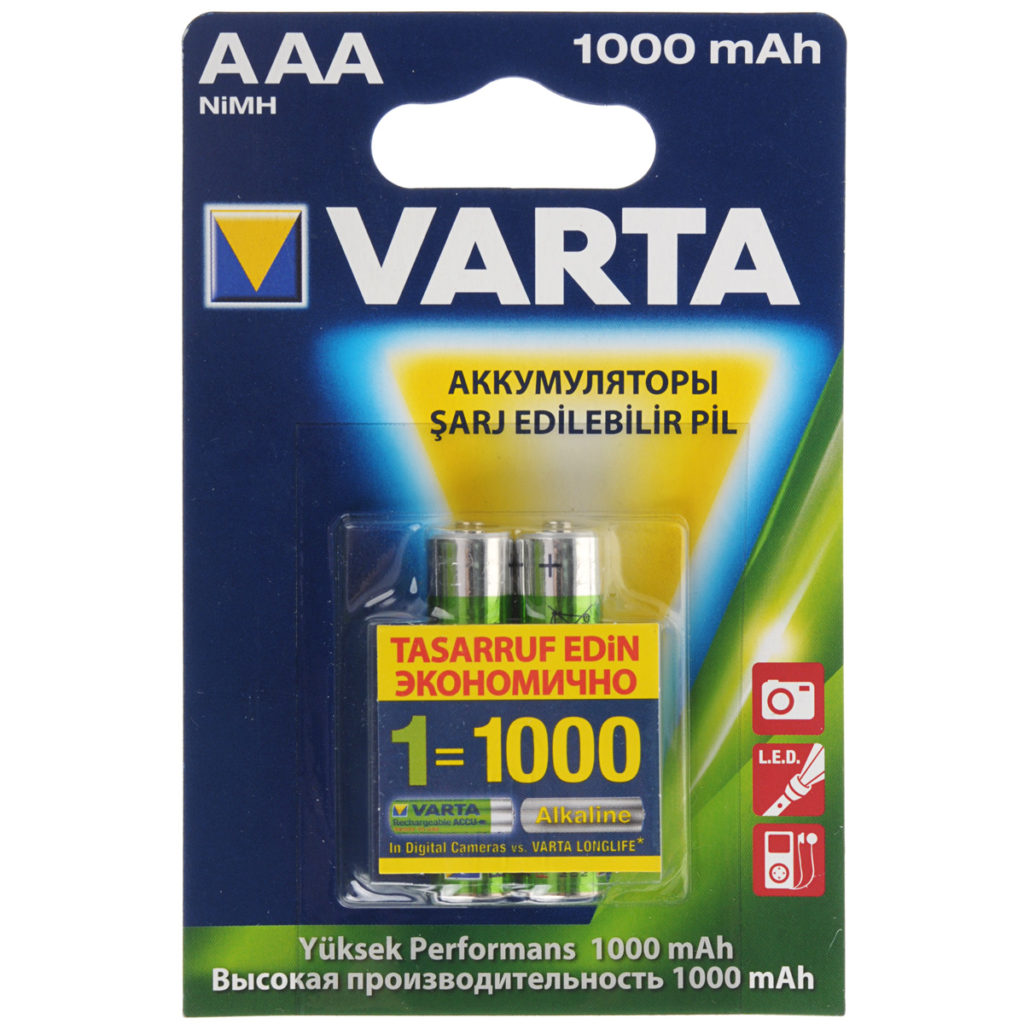
- Voltage. The voltage of salt and alkaline power supplies does not exceed 1.5 volts. For batteries with nickel-metal hydride filling, it is 1.2 V. If you doubt whether the voltage is suitable for a particular device, study its data sheet.
- Size. All current sources marked AAA have standard dimensions: length - 44.6 mm, diameter - 10.5 mm.
- Weight. The parameter depends on the type of cathode, anode, and electrolyte used. On average it is 12 g.
- Best before date. Usually this characteristic is indicated by the manufacturer on each specific product. For some power supplies it is 8 years. In this case, the operating time depends on a number of parameters: the device in which it is installed, the ambient temperature. Alkaline and rechargeable batteries are the most frost-resistant.
- Temperature conditions. The range varies from -40 to +60 degrees.
Reference. Alkaline and rechargeable batteries weigh more than their salt counterparts.
There are several options for AAA batteries on sale:
- Saline. This is the lowest-power option, designed for minimal load. They are additionally designated by the letter L. Their short service life explains their low cost. They are easy to use, affordable, and suitable for most household appliances. Therefore they are the most common. The disadvantages include: high self-discharge, short service life, poor performance at low temperatures.
- Alkaline. They are “average” in terms of operating time and cost. They use potassium hydroxide as an electrolyte. Thanks to this chemical element, the speed of a chemical reaction increases. They are characterized by high energy intensity, long service life, low self-discharge, and the ability to operate at low temperatures.
- Lithium. They can boast of long-lasting operation and high power. However, such batteries are significantly more expensive than other options.
- Rechargeable. This power source is reusable, meaning they can be recharged if necessary. They are used in devices with high power consumption. The disadvantages include the high cost.
Where is this type of battery used?
The scope of application of this type of power source is quite extensive. When choosing, you need to consider the power of the device in which you plan to install them:
- Saline. They have a small capacity, so they are suitable for devices with low electrical current consumption, for example: wall clocks, low-power flashlights, children's and tabletop toys, remote controls.
- Alkaline. More powerful, therefore, they have a wide range of uses: powerful flashlights, mobile radios, tape recorders and other portable audio devices, photo and video cameras, flashlights, children's toys with motors, hearing aids, power tools with low power consumption, binoculars, pagers, calculators.
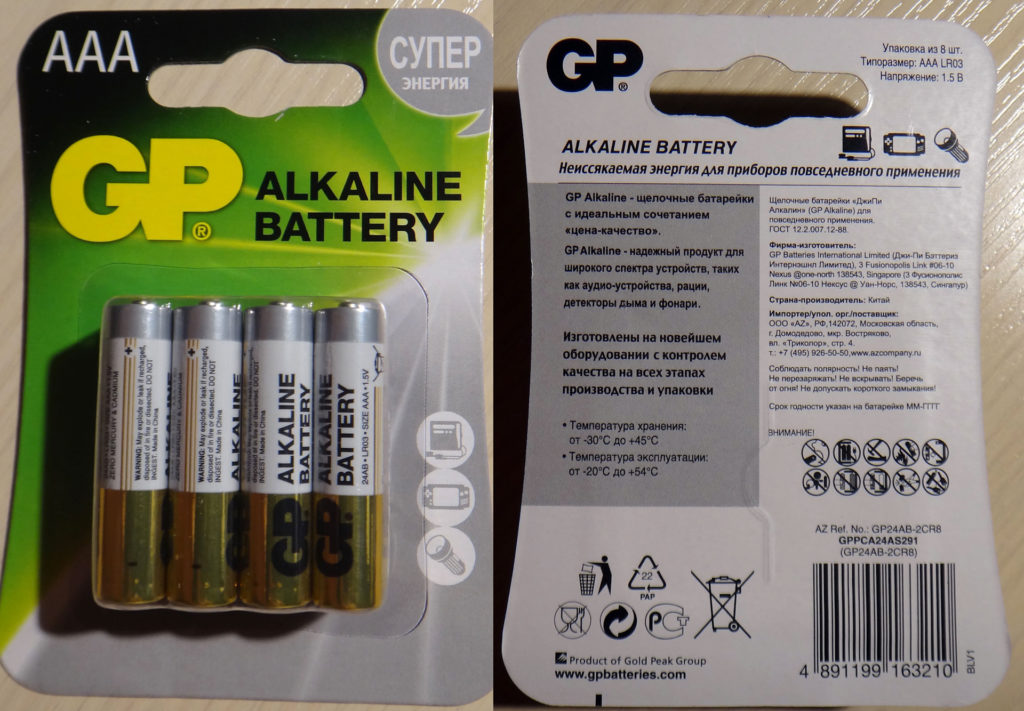
- Lithium. For devices with high current consumption: powerful flashlights, smartphones, remote controls, e-books, notebooks.
- Nickel-cadmium batteries. They are installed in photo and video cameras, cell phones, laptops, tablets, digital cameras, electric shavers, and radio-controlled toys.
- Nickel-metal hydride batteries. Suitable for video and photo cameras, smartphones, laptops, tablets, car batteries.
Is it possible to charge these batteries?
Of all the existing options, only rechargeable batteries can be charged. Saline and alkaline are disposable.
A wide range of AAA batteries allows you to choose the most suitable option. However, before purchasing, you should consider the power of the device in which you plan to install them. Don’t forget about the quality of the batteries, so give preference to products from well-known manufacturers. They will delight you with uninterrupted and long service life.

